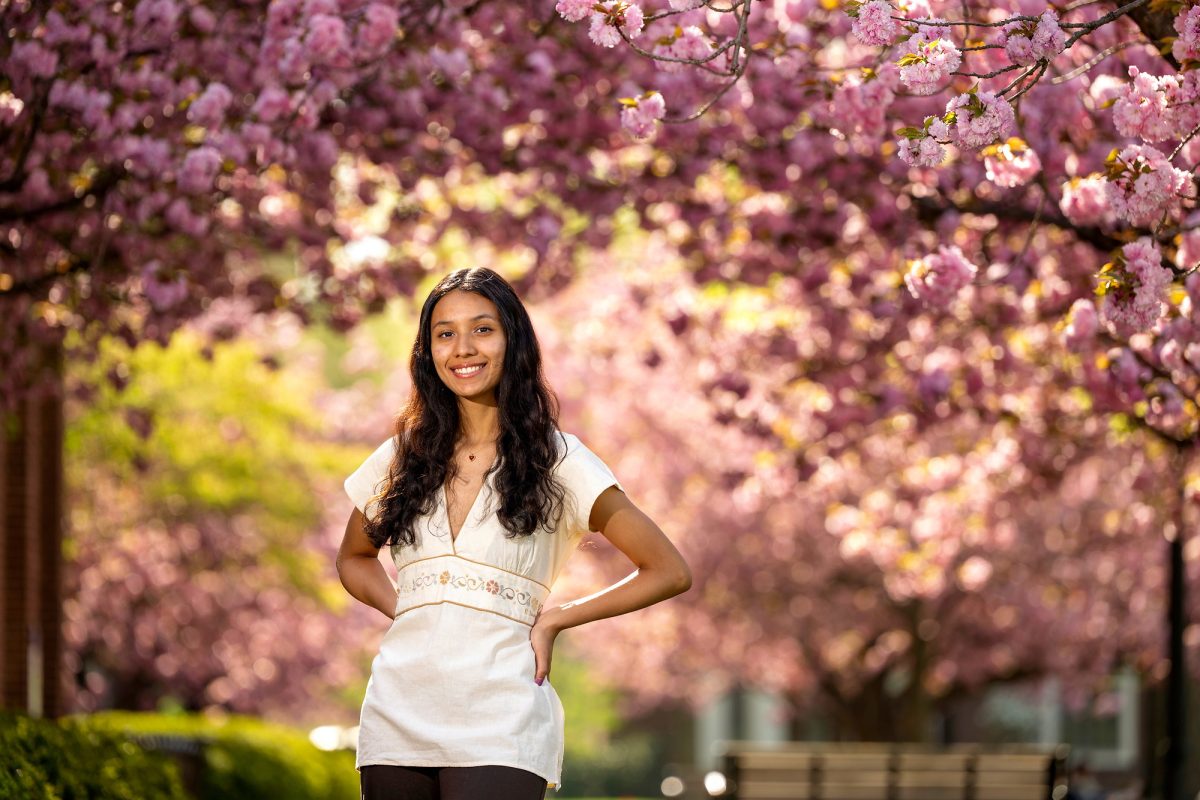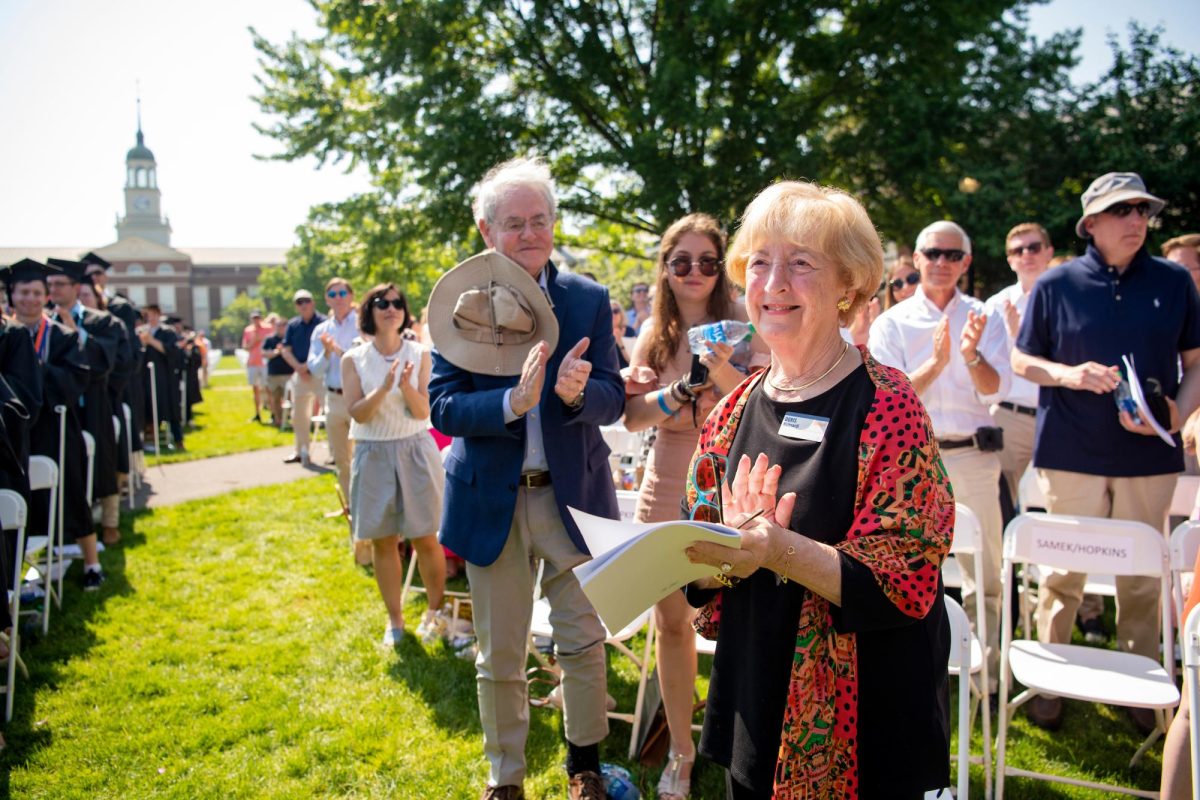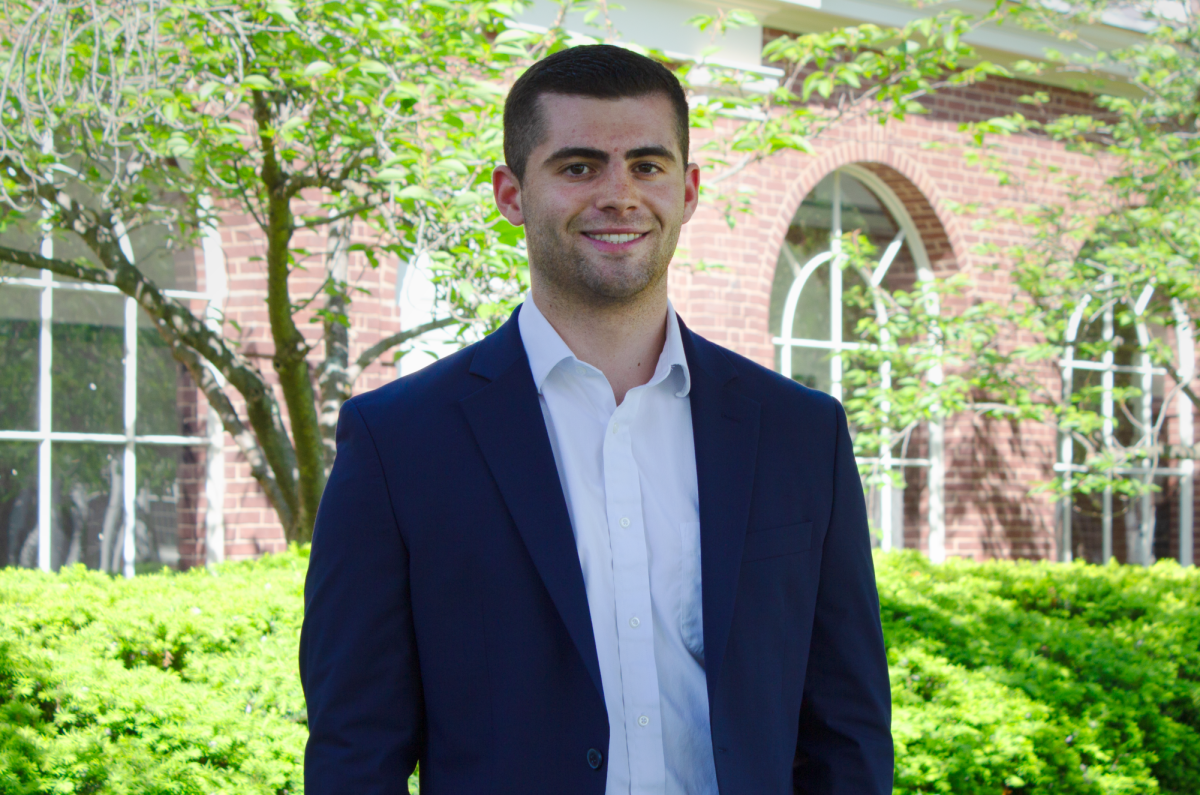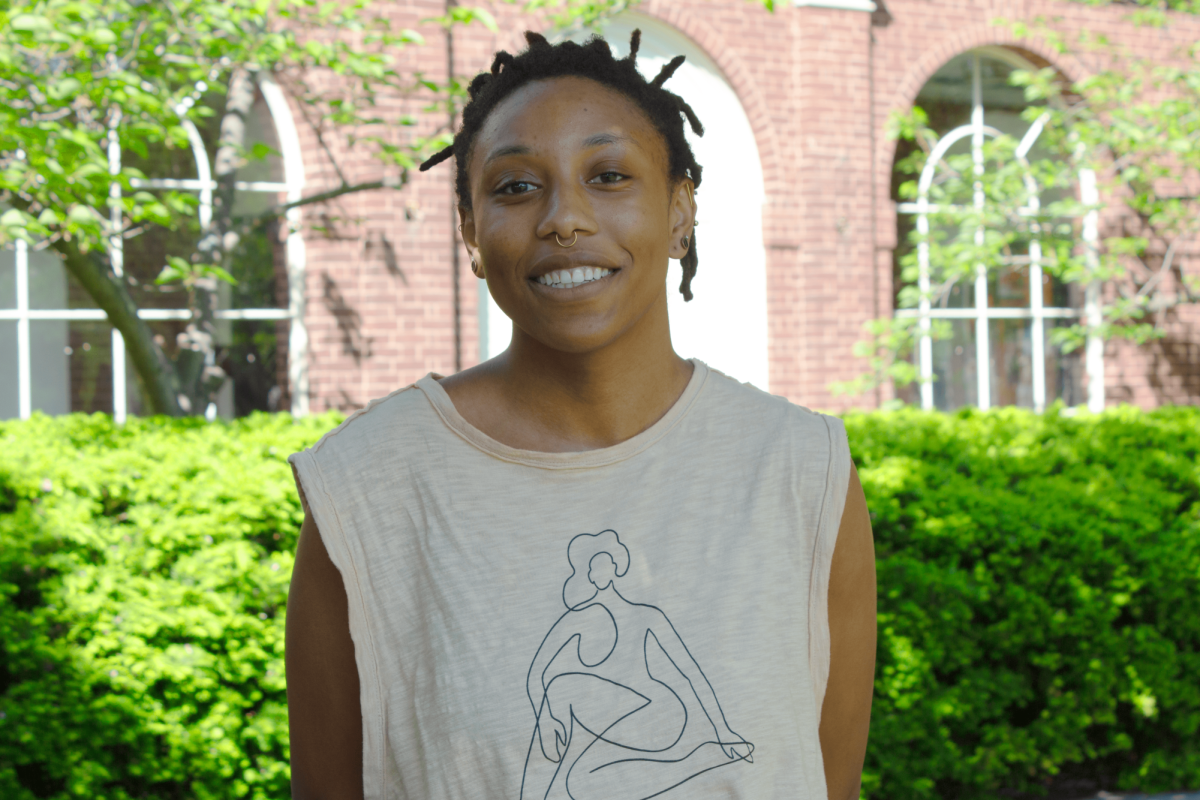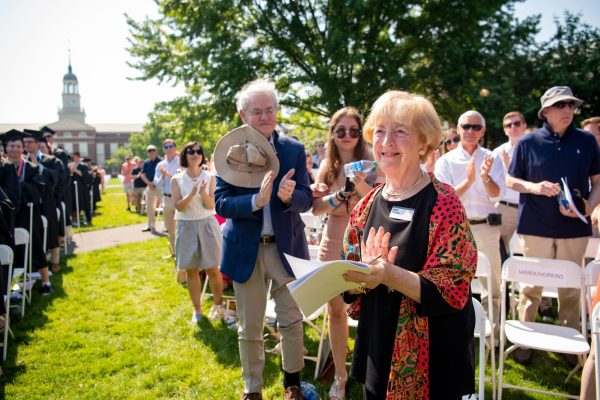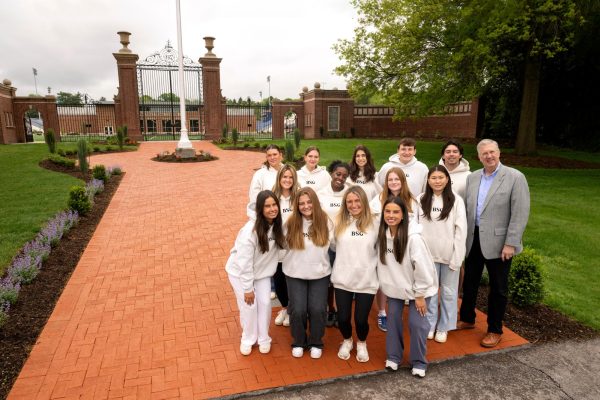Editorial: Campaigns take to social media for sake of student engagement
With the Iowa caucus just around the corner, presidential candidates are working harder than ever to engage voters. The youth vote has always been fought over by candidates, especially given the growing prevalence of technology and social media on the campaign trail. But are candidates’ attempts to gain the support of millennials, such as using Snapchat and Twitter, sincere efforts to engage young Americans in politics or just ploys to bribe our generation?
College students across the country have recently reached voting age, so voting in an election, particularly a presidential one, is a rite of passage. This heightens the relevancy of the election for students, especially as they face the daunting task of finding a job and being successful in today’s economy after they graduate. While students may care deeply about politics, they are often not armed with enough knowledge about the ideological issues that are hotly debated among the presidential candidates. Living in a small community like the University tends to have a bubble-like effect. If a student wants to find out more about current events, he or she has to go out of the way to seek information out, something many college students don’t have enough time for or are not willing to do.
Most students on campus seem to have a clear opinion on political matters and possess knowledge of how these matters affect the lives of the younger generation and the world at large. They often do not, however, take the time to fully understand the specific policies and plans of each candidate, and instead base their opinions off of stereotypes and broad assumptions.
For students who are genuinely interested in politics, they have the ability to join one of the University’s several political clubs, including College Democrats, Bucknell Left, Bucknell College Republicans, or the Conservatives Club.
While University students are well-educated and have the capacity to actively engage in politics in different ways on campus, they don’t always take advantage of the opportunities at their disposal. Consequently, it is easy to understand why candidates are using social media to reach out to millennials. In some cases, social media may be the only way to get some college students’ attention. For the most part, young people want to access information quickly and easily, and using social media outlets to inform younger voters appeals to both of those requirements.
For example, many candidates have contributed to Snapchat’s live story titled Campaign Hustle, which follows the politicians on the campaign trail. While the coverage is brief and does not give great details about a candidate’s political positions, it does give voters a chance to hear snippets of speeches and press interactions, which could help form voters’ opinions.
So do we really need to know that Bernie Sanders released a folk album in the 1980s called “We Shall Overcome” or that as Secretary of State Hillary Clinton kept a special supply of Tabasco hot sauce on her Air Force jet? (Real facts from Snapchat’s Campaign Hustle live story.) Maybe not. But regardless of your political affiliation, it is worth noting that candidates are acknowledging the impact that millennials will have on this election, even in nonconventional ways.
